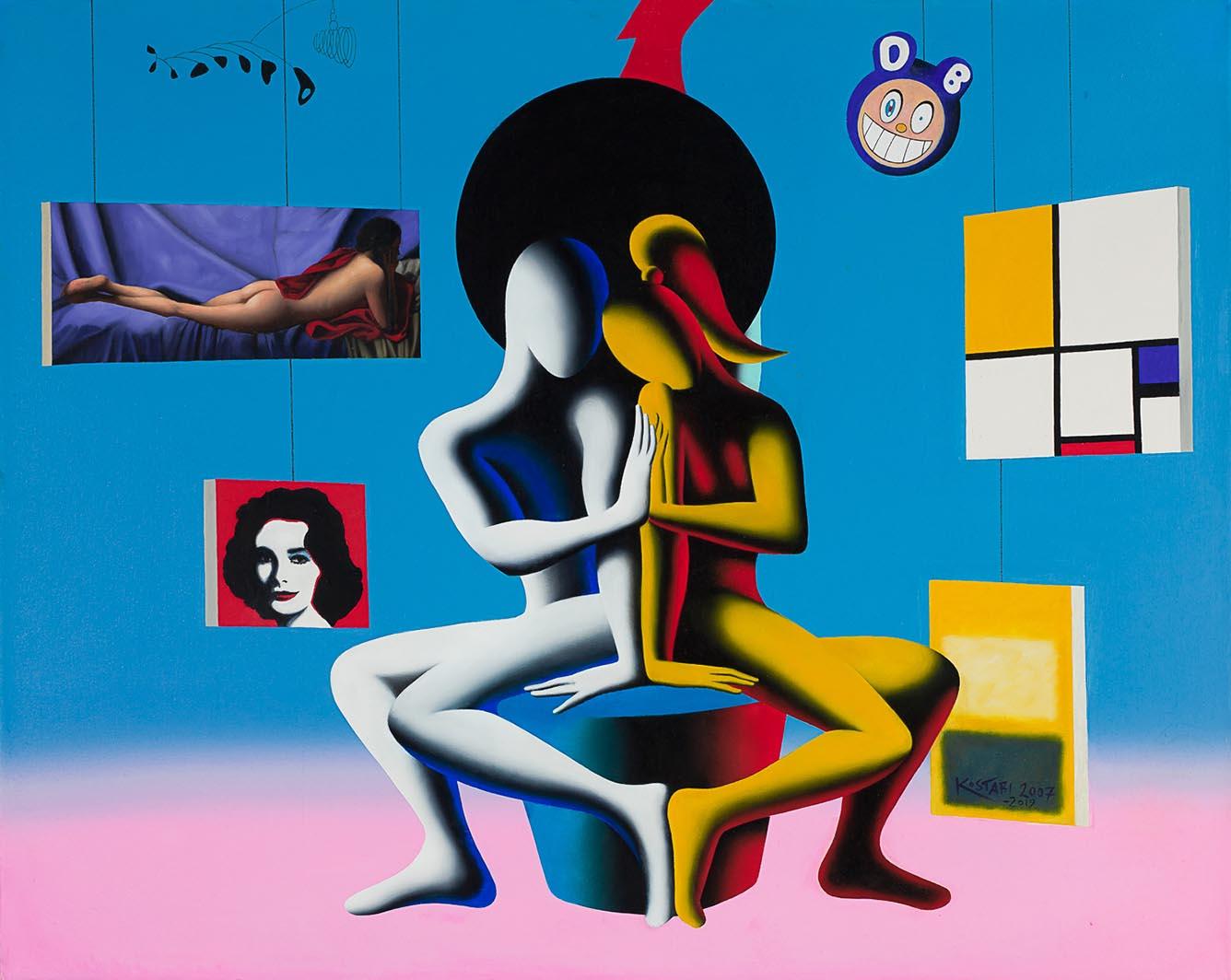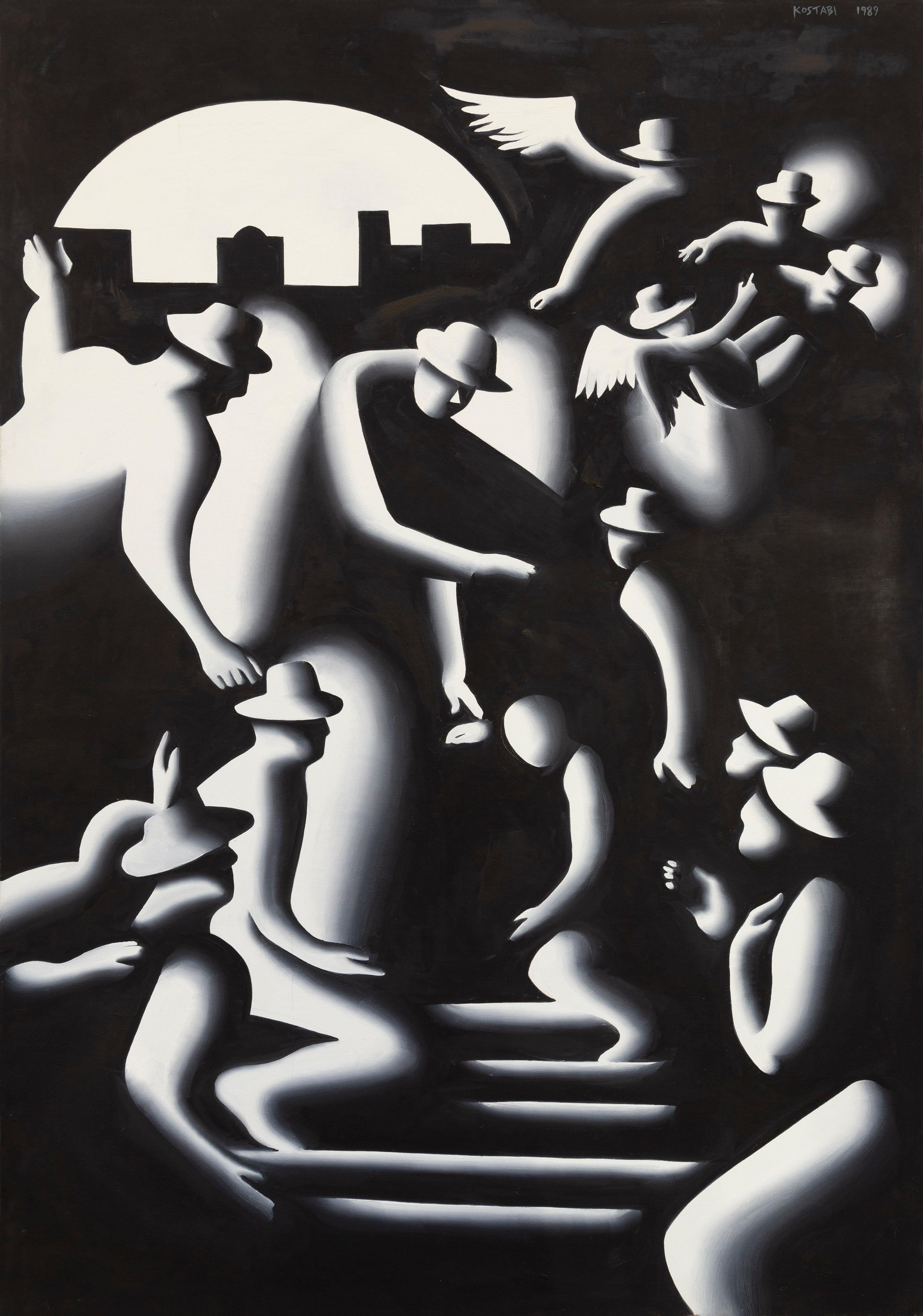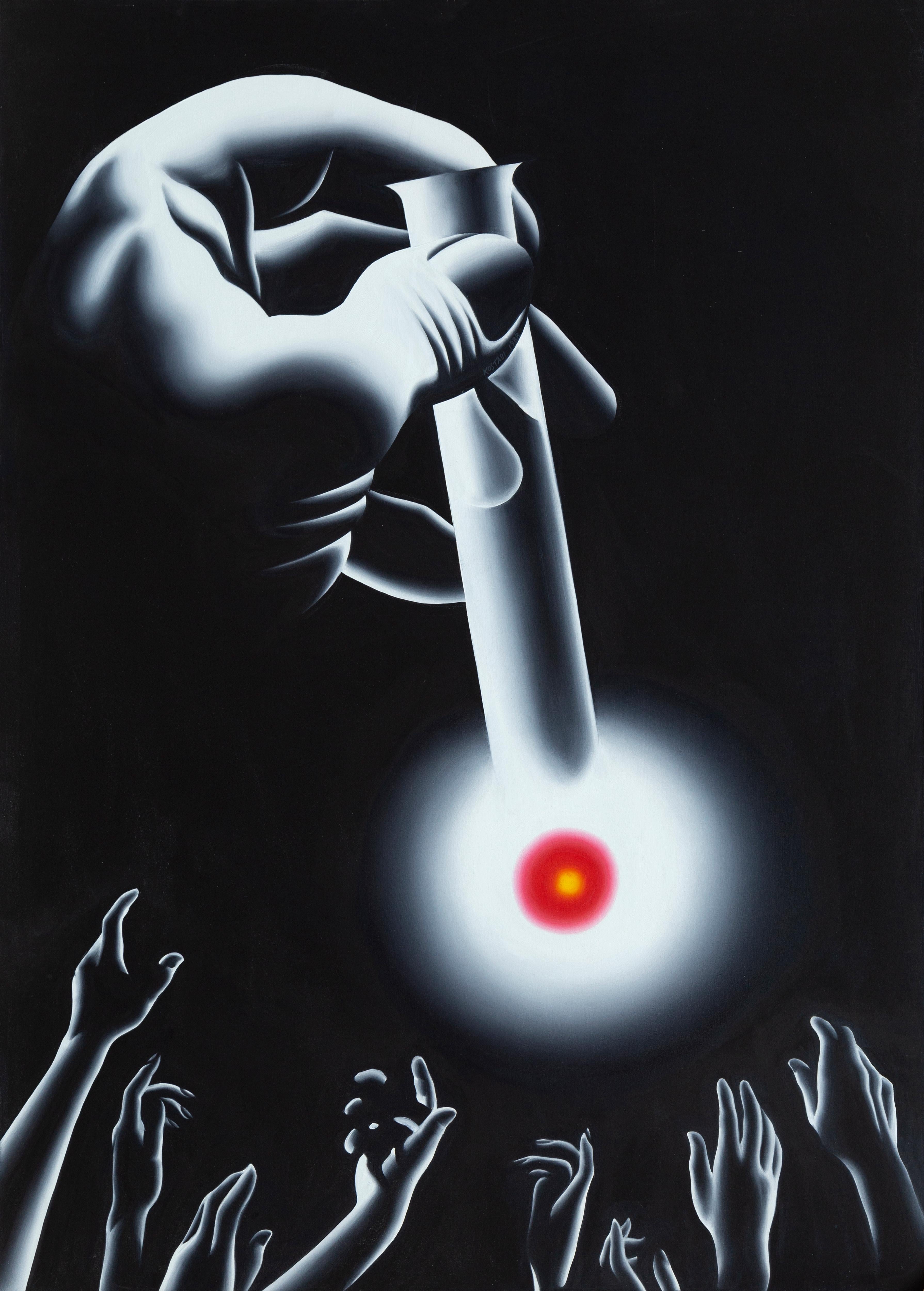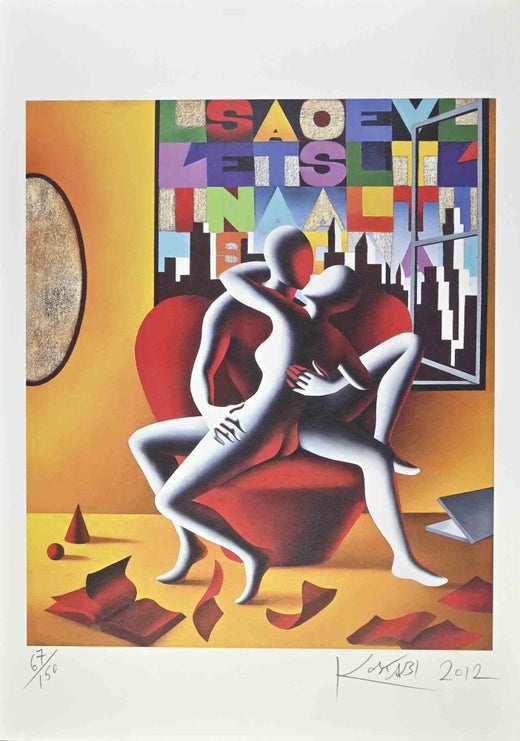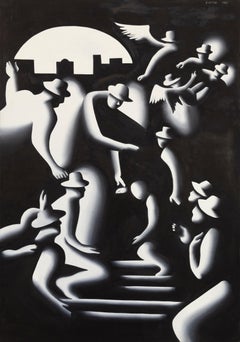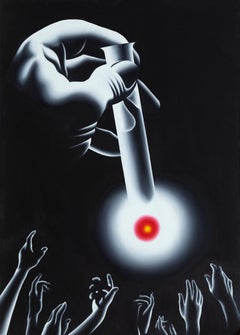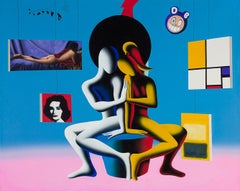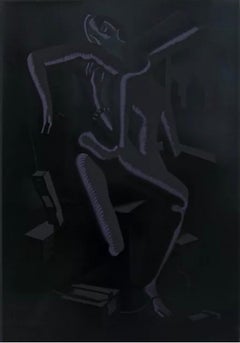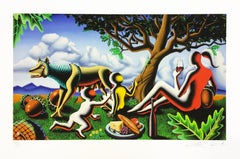Mark KostabiJohn Waters1989
1989
About the Item
- Creator:Mark Kostabi (1960, American)
- Creation Year:1989
- Dimensions:Height: 48 in (121.92 cm)Width: 54 in (137.16 cm)
- Medium:
- Movement & Style:
- Period:
- Condition:
- Gallery Location:Long Island City, NY
- Reference Number:1stDibs: LU4665797862
Mark Kostabi
Mark Kostabi became a leading figure in New York City's East Village art scene during the mid-1980s, along with other luminaries such as Keith Haring.
Kostabi's work is in the permanent collections of some of the world's most prominent institutions, including the Museum of Modern Art, the Metropolitan Museum of Art, the Guggenheim Museum and the National Gallery in Washington, D.C., among many others.
Find authentic Mark Kostabi prints, paintings and other art on 1stDibs.
- ShippingRetrieving quote...Shipping from: Long Island City, NY
- Return Policy
More From This Seller
View All1980s Pop Art Figurative Paintings
Canvas, Oil
1980s Pop Art Figurative Paintings
Canvas, Acrylic Polymer
1980s Pop Art Figurative Paintings
Canvas, Oil
1980s Pop Art Figurative Paintings
Canvas, Oil
1980s Figurative Paintings
Oil
1980s Pop Art Figurative Paintings
Oil
You May Also Like
21st Century and Contemporary Contemporary Paintings
Canvas, Oil
1980s Pop Art Landscape Prints
Screen
1990s Pop Art Figurative Paintings
Canvas, Acrylic
21st Century and Contemporary Pop Art Figurative Prints
Cotton, Paper, Giclée
1980s Pop Art Landscape Prints
Screen
2010s Figurative Prints
Silk
Read More
Romare Bearden’s Humanity Infuses His Bright, Bold Art
Through collage, painting and printmaking, the artist foregrounded Black life in America in revolutionary new ways.
Chryssa’s 1962 Neon Sculpture Was Way ahead of the Art-World Curve
By working with lettering, neon and Pop imagery, Chryssa pioneered several postmodern themes at a time when most male artists detested commercial mediums.
